A Cursed Blessing
Søren Kierkegaard’s theory of despair.
Søren Kierkegaard Dared to Ask
In The Sickness Unto Death, the Danish philosopher posed a difficult question: Is despair an essential feature of human life?
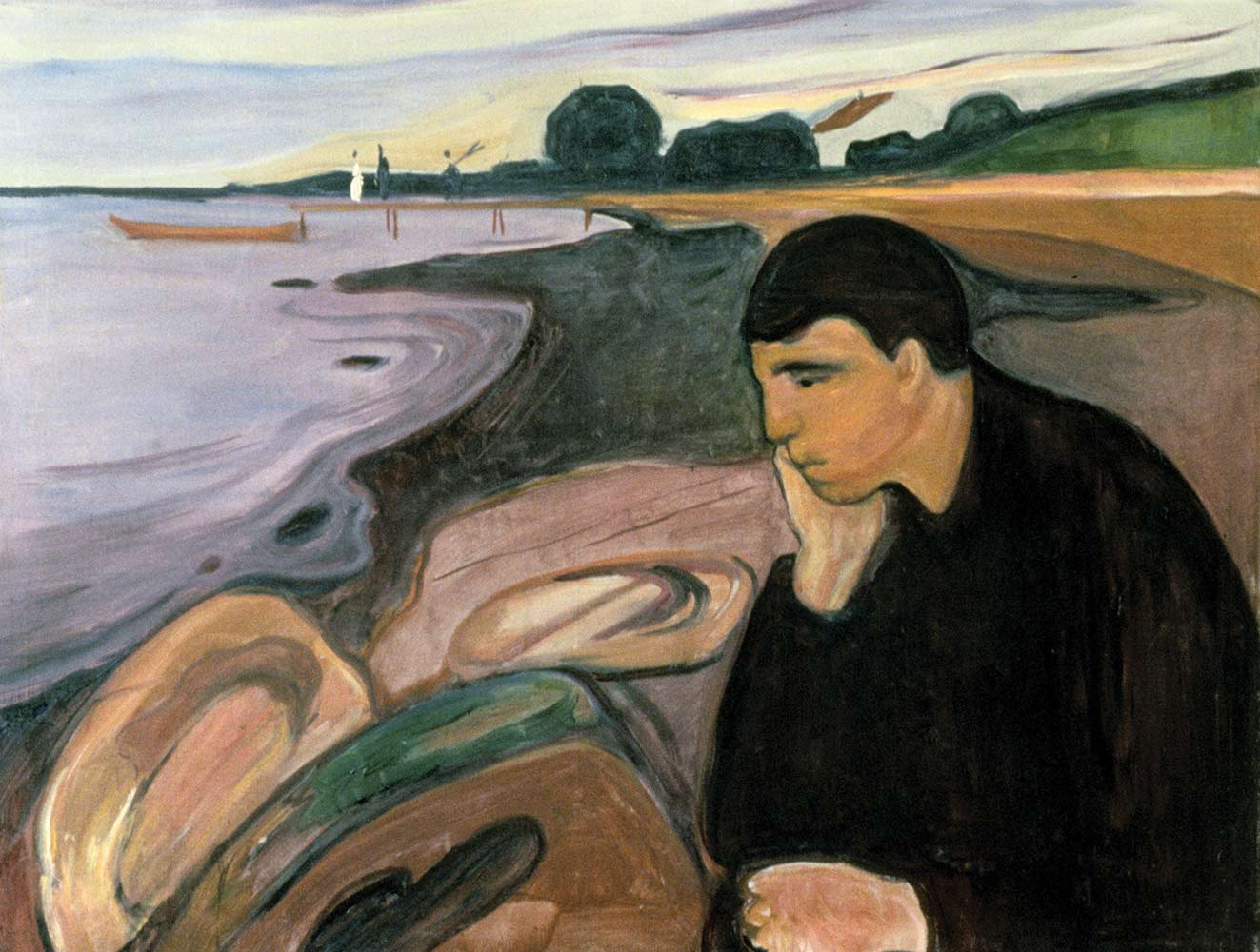
You’ve probably had the experience—perhaps while listening to music, seeing an old friend, or walking in nature—of feeling as though you’ve reconnected with some deep part of yourself. These moments might not be outwardly dramatic, but inwardly they feel significant, even profound. They remind you that, for some time, an important part of yourself had gone missing, and you’d forgotten that it even existed. “The greatest danger, that of losing one’s self, can occur so quietly that it is as if it were nothing at all,” wrote Søren Kierkegaard. “Every other loss—an arm, a leg, five rixdollars, a spouse, etc.—is noticed, however.”
Books in review
The Sickness Unto Death: A New Translation
Buy this bookKierkegaard called this loss of the self “despair”: a spiritual sickness that, he believed, afflicts us all. The way he describes it, despair sounds like bad news, and in a way it is. Yet for Kierkegaard, despair reveals the spiritual reality of our being. It is a sign that we are more than just bodies, thoughts, and emotions—since all these things were still there after we’d lost touch with our deeper, truer self.
Kierkegaard was so interested in this phenomenon that he wrote a whole book about it. The Sickness Unto Death—now newly translated by Bruce H. Kirmmse—has a claim to being Kierkegaard’s masterpiece. Here the Danish philosopher argues that despair is neither a medical issue nor a reaction to life’s vicissitudes: It is the human condition, and we are in it all the time. By wrestling with our despair, we can understand what is spiritually lacking not just in secular life but also, Kierkegaard asserted, in conventional Christianity. The Sickness Unto Death addressed its readers on an intimate, individual level, recalling them to their spiritual selves. It was the work of a man still young yet old enough to experience bitter disappointment, who raged against the religious institutions that, he felt, anesthetized the human spirit.
Kierkegaard’s analysis of despair rests on the distinction between a human being and a self. A human being, he explains, is a synthesis of opposites: “of the infinite and the finite, of the temporal and the eternal, of freedom and necessity.” But this he continues, “is not yet a self.” To be a self, a human being—who is already a composite of relations—must develop a relationship to itself. This involves both consciousness and desire. Relating to ourselves means being aware (or unaware) of ourselves and wanting (or not wanting) to be ourselves. It also means recognizing that we did not cause or create ourselves. We are brought into being and sustained in existence by something other than ourselves—and this “something other,” at least in Kierkegaard’s view, is God.
A metaphor might help here. Take a sheet of paper, write “infinite” on the left-hand side of the page and “finite” on the right-hand side, then fold it in half. Repeat this process with two more pieces of paper, the second reading “eternal” and “temporal” and the third “freedom” and “necessity.” Put the folded sheets in a neat pile: Here is the human being. Then fold that pile in half again, to make a thicker wedge: Here is the self, a relation of the relations. But that paper didn’t fold itself, did it? It was folded by God, who holds us in his hands. If God lets go, the pages fall apart and scatter on the ground.
So how does this relate to despair? For Kierkegaard, people who fall into despair are spiritually disconnected from themselves: There is nothing in their lives that holds together that entire composite of relations that makes them who they are. Though he was writing in a Protestant culture, there is nothing specifically Christian, or even biblical, about this notion of godly connection and disconnection. For Kierkegaard, being a self means needing and longing to find yourself, to become yourself—and this means reaching out, across the abyss, in search of God. That search, even in a secular sense, is potent. “God” may mean many different things, even if it only names a mystery, and in Kierkegaard’s work, this concept is seldom nailed down.
Even though Kierkegaard treats despair as a spiritual and existential condition rather than just a psychological state, The Sickness Unto Death sparkles with psychological insight. Especially compelling is his diagnosis of the different forms of despair that arise from an imbalance between the various pairs that make up the human synthesis (those first folds in our sheets of paper). Too much necessity, and we lose all imagination and hope—we cannot breathe; too much possibility, and we float airily, ineffectually, above our own lives. Too much finitude, and we lose ourselves in trivial things; too much infinitude, and we’re disconnected from the world. Since life is so rarely in balance, despair is the inevitable state—but understanding this, for Kierkegaard, opens up a renewed perspective on how to live with this inevitability.
The psychology of despair also helps illuminate its politics and sociology. Kierkegaard saw the fact that we are disconnected from ourselves, and from God, as not just an individual problem but an indictment of the modern age. He accused the leaders of the Christian church in Denmark of preaching an anodyne gospel that concealed despair in an attempt to make life bearable, even comfortable. Christianity in general, he insisted, had all but collapsed into what he called “Christendom”: an institutionalized, purely social group identity. Too much finitude, in other words. For this reason, as Kirmmse notes, by the time Kierkegaard published The Sickness Unto Death, he “much preferred ‘freethinkers,’ that is, outright atheists, to the watered-down official religion he saw as characteristic of the Danish Church.”
A year before his death, Kierkegaard complained that most Christians now saw their faith as nothing but “mythology, fable, poetry” and didn’t even have “the courage to renounce it…they don’t have enough energy to break with it in order either to go without religion altogether or to look for another.” But Kierkegaard also had modern secularism in his sights. The phenomenon of mass media was on the rise during his lifetime, and he saw journalism as symptomatic of the way that society had been “levelled down,” extinguishing the inner life. Likewise, he found academia crass and superficial: Everything, including thought itself, appeared to be up for sale. A certain kind of individualism, one more spiritual than political, was his alternative to the complacency he diagnosed in both secular and religious institutions.
Kierkegaard’s saving grace is that he tends to include himself in his scathing critiques of modern society and its many failings. His own tendencies could be diagnosed according to The Sickness Unto Death’s schema of despair. Kierkegaard’s spiritual desire was doomed to ambivalence: The more he cared about something or someone, the more his love was torn in two, divided against itself. Looking back on his childhood, he once remarked that “I acquired such anxiety about Christianity, and yet I felt myself strongly drawn towards it.” He never resolved this ambivalence, and it inflected all of his thinking. Kierkegaardian despair is thus a blessing and a curse. The Sickness Unto Death was followed by Practice in Christianity, in which Kierkegaard argued that Jesus himself was both attractive and repellent, merciful and terrifying.
Kierkegaard was a thinker of extremes, drawn to paradox and contradiction. He could often be dialectical, twisting and turning and disassembling his arguments. Yet he was also a stylish and sometimes lyrical writer, eager to touch the hearts of his readers and awaken their deeper selves. Other searching, sensitive, prophetic voices of his century—Fyodor Dostoyevsky and George Eliot come immediately to mind—accomplished this through novels that sought to embody profound ideas in human form and feeling, fusing intellectual and emotional truth. Kierkegaard’s experiments with fiction (such as his cryptic novella Repetition and Either/Or’s scandalous “Seducer’s Diary”) tended to be more alienating than affecting. His writing was always most successful when he took on a familiar narrative—as in Fear and Trembling, which circles around the biblical story of Abraham’s sacrifice of Isaac—or when he directly addressed his reader, as in the many intimate, poetic sermons he published during the 1840s. In other works, including The Sickness Unto Death, Kierkegaard was prone to flights of abstraction that could obscure the spiritual kernel of his thought. It helps to know that his more technical “dialectical” passages were meant to parody the philosophy of Hegel, which was so much in vogue in Danish and German universities at that time. Yet in adopting a philosophical style that he despised, Kierkegaard seems overly concerned to beat the professors at their own game.
Despite its abstractions, there is a certain beauty and power in The Sickness Unto Death. Take this passage, in which Kierkegaard explains that balancing infinitude and finitude involves a double movement of reaching out to God while also staying fully invested in the present moment.
Through this process, the self becomes entirely present and simultaneous…with itself in that small portion of the task that can be accomplished right now, so that in being infinitized, it in the strictest sense comes back to itself, so that in being farthest away from itself (when it is most infinitized in purpose and decision) it is at that same instant nearest itself in accomplishing that infinitely small portion of the work which can be accomplished even today, even at this hour, even at this instant.
Even here, needless to say, Kierkegaard does not exactly make it easy for the reader. Yet many other passages are far more demanding, not least his definition of the self as “a relation that relates to itself, or [the thing] in the relation which is the relation’s relating to itself.” Like his hero Socrates, Kierkegaard was a trickster, committed to poking and teasing his readers, luring them in only to push them away, never letting them get too comfortable.
Despite this, Kierkegaard cared intensely, even painfully, about his authorship—and his work’s reception. Having made a promising splash in 1843 with Either/Or, he hoped to be recognized as the genius he undoubtedly was; over the next few years, this hope waned and turned to angry disillusionment. At the same time, he came to see his prodigious published output as a single work of art. This holistic view posed the problem of how to complete it—a problem that had literary, philosophical, and personal dimensions. Several times in the 1840s, Kierkegaard resolved to stop writing and retreat to some obscure rural parsonage where he could live peacefully, out of the public eye. This fantasy never materialized, but it would continue to haunt him with existential doubts: to be, or not to be, an author.
Popular
“swipe left below to view more authors”Swipe →The Sickness Unto Death has a special place in this psychological drama. Kierkegaard finally decided to publish it in July 1849, more than a year after it had been finished. Those months between writing and publication were a period of intense soul-searching for him. The transition from the delicious freedom and privacy of creative work to the daunting moment of exposure and public judgment always caused the thin-skinned Kierkegaard great anxiety—and perhaps this was never more acute than with The Sickness Unto Death.
Though he had imagined that it would be his last book, The Sickness Unto Death proved to be a turning point: In it, he commenced a much more strident attack on the Christian church that he had been raised in, which would shape the remaining years of his life. Generations of readers have found that this book has changed their lives too, by shaking them awake to the question of what it really means to be a human being. Kierkegaard’s answer, in a nutshell: It ain’t easy.
Thank you for reading The Nation!
We hope you enjoyed the story you just read, just one of the many incisive, deeply-reported articles we publish daily. Now more than ever, we need fearless journalism that shifts the needle on important issues, uncovers malfeasance and corruption, and uplifts voices and perspectives that often go unheard in mainstream media.
Throughout this critical election year and a time of media austerity and renewed campus activism and rising labor organizing, independent journalism that gets to the heart of the matter is more critical than ever before. Donate right now and help us hold the powerful accountable, shine a light on issues that would otherwise be swept under the rug, and build a more just and equitable future.
For nearly 160 years, The Nation has stood for truth, justice, and moral clarity. As a reader-supported publication, we are not beholden to the whims of advertisers or a corporate owner. But it does take financial resources to report on stories that may take weeks or months to properly investigate, thoroughly edit and fact-check articles, and get our stories into the hands of readers.
Donate today and stand with us for a better future. Thank you for being a supporter of independent journalism.
Thank you for your generosity.
More from The Nation
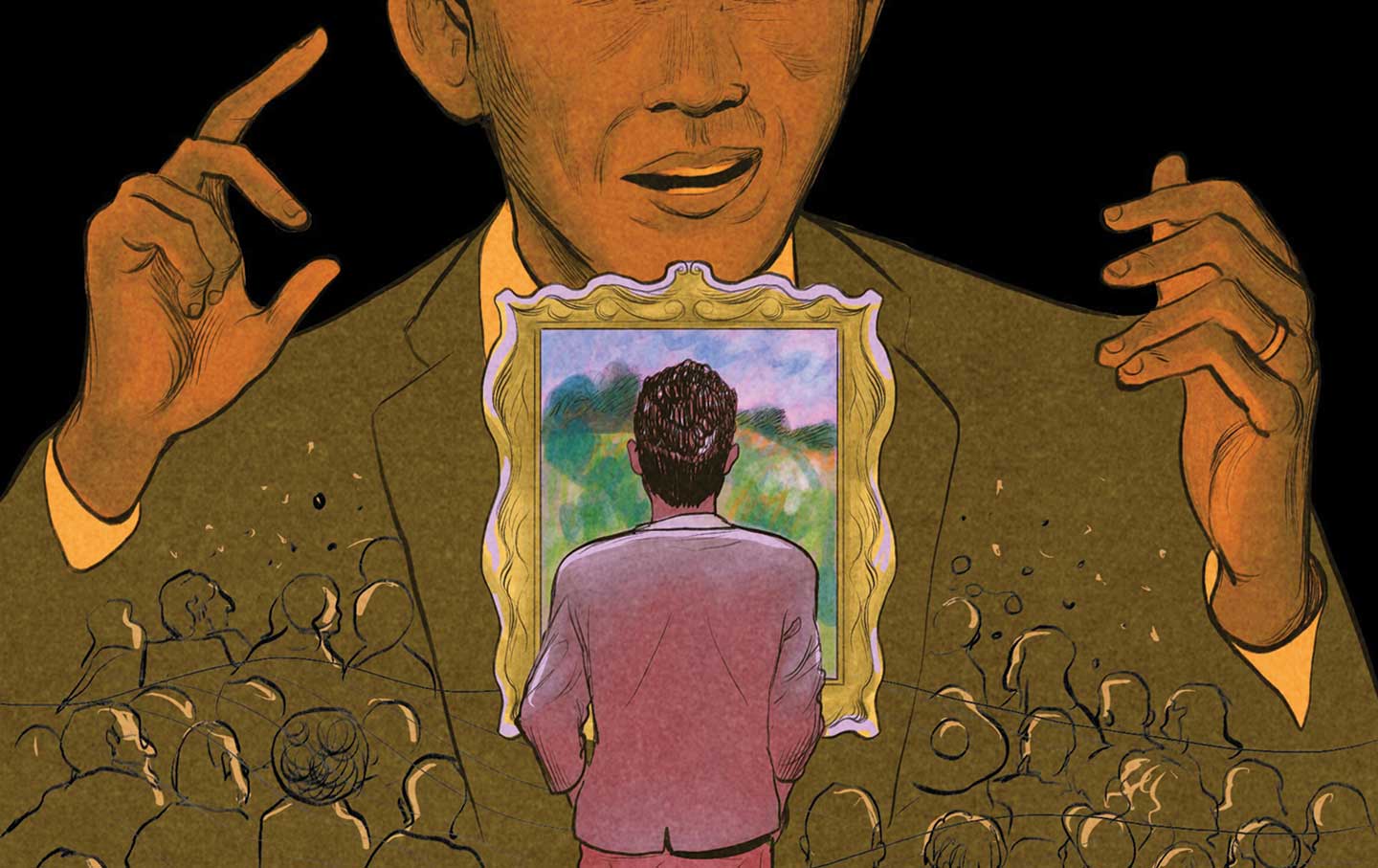
Vinson Cunningham’s Searching Novel of Faith and Politics Vinson Cunningham’s Searching Novel of Faith and Politics
In Great Expectations, Cunningham examines the hope and aspirations of the Obama generation.
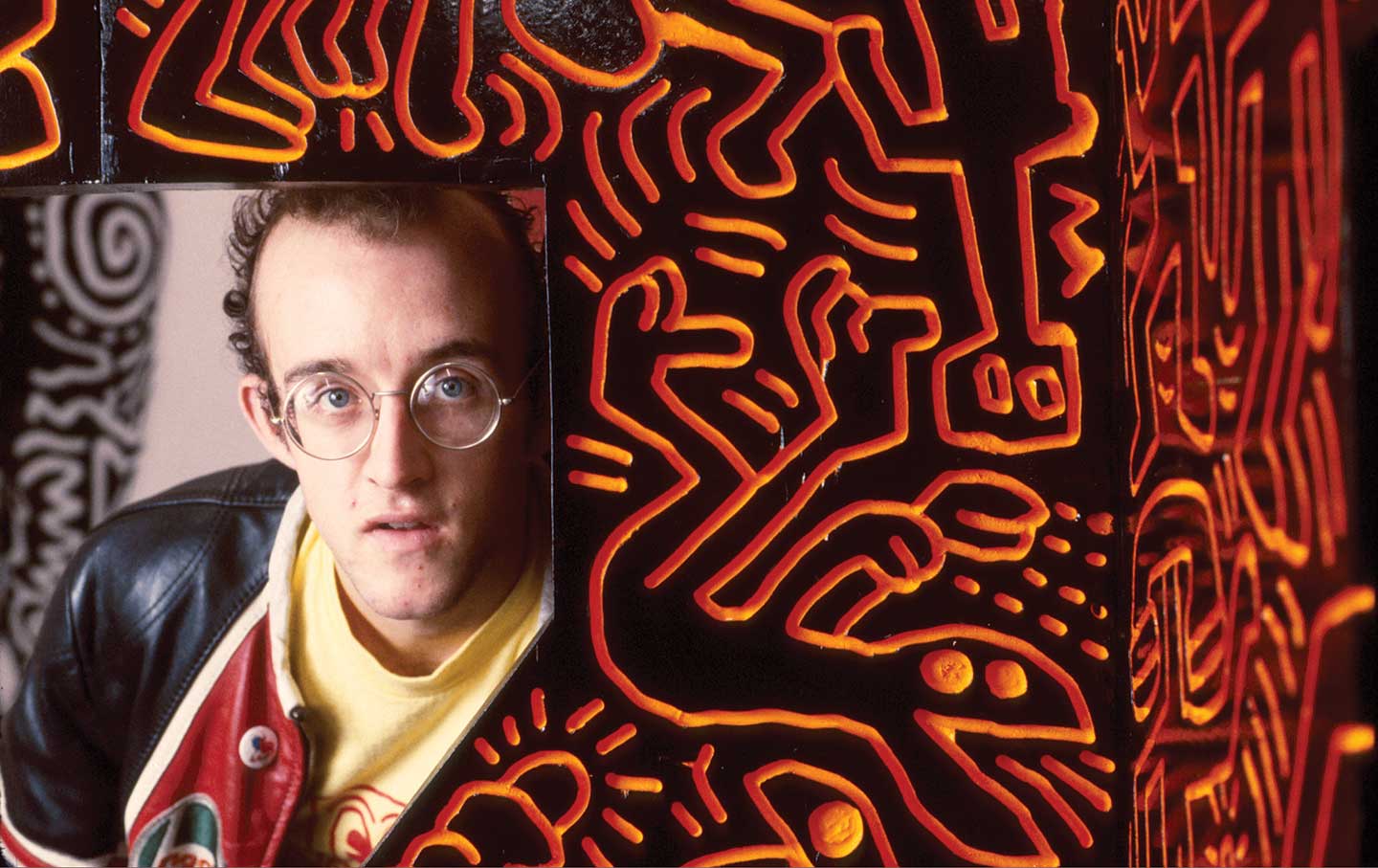
Keith Haring and the Downtown Art Revolution Keith Haring and the Downtown Art Revolution
A new biography tells the story of not only Haring’s life but also the exhilarating world of New York art in the 1970s and 80s.

Macklemore Dares Others to Stand Up for Palestine Macklemore Dares Others to Stand Up for Palestine
With “Hind’s Hall,” the rapper is telling artists and other culture workers, “The students are risking it all. Where are you?”
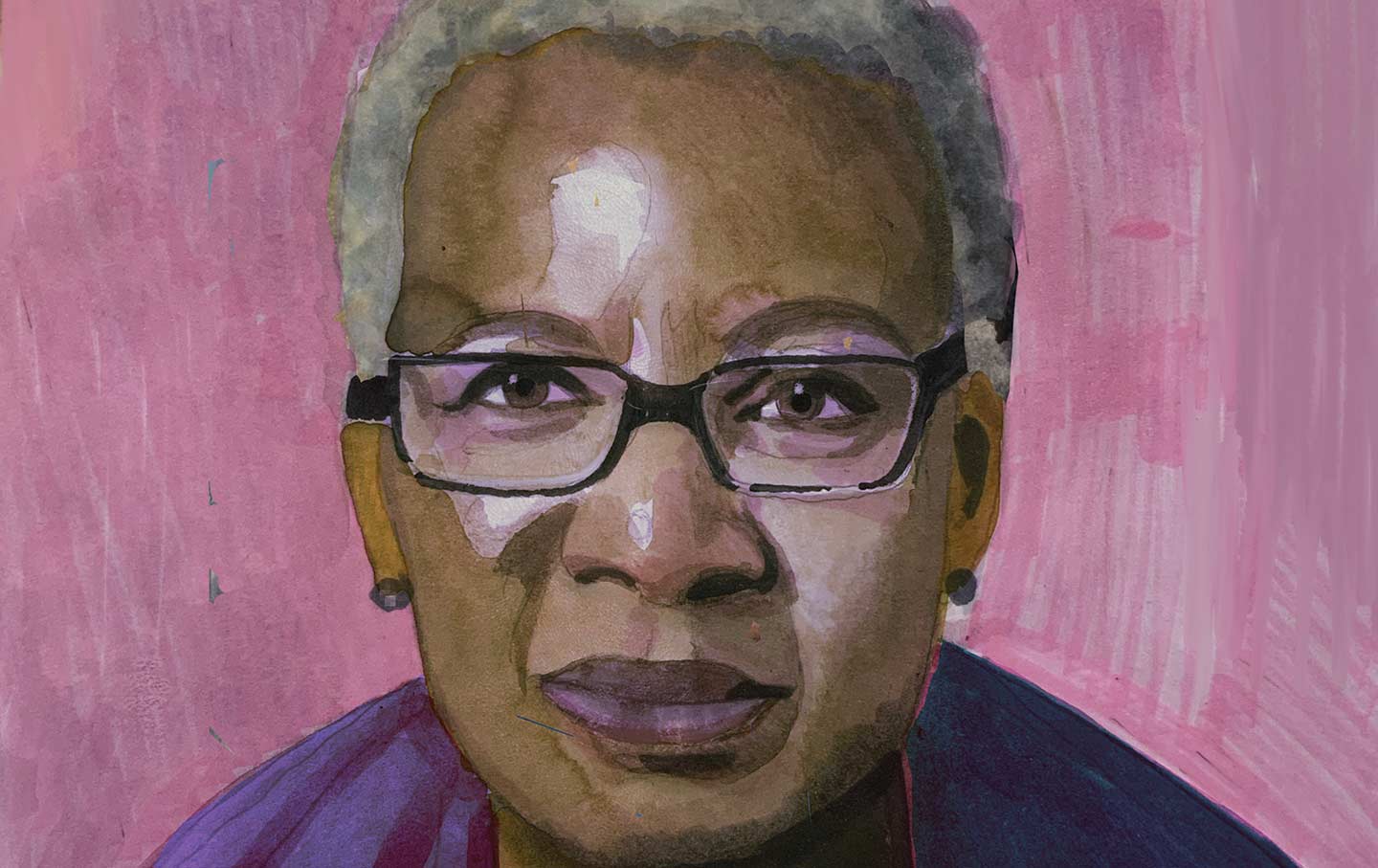
Nell Irvin Painter’s Chronicles of Freedom Nell Irvin Painter’s Chronicles of Freedom
A new career-spanning book offers a portrait of Painter’s career as a historian, essayist, and most recently visual artist.
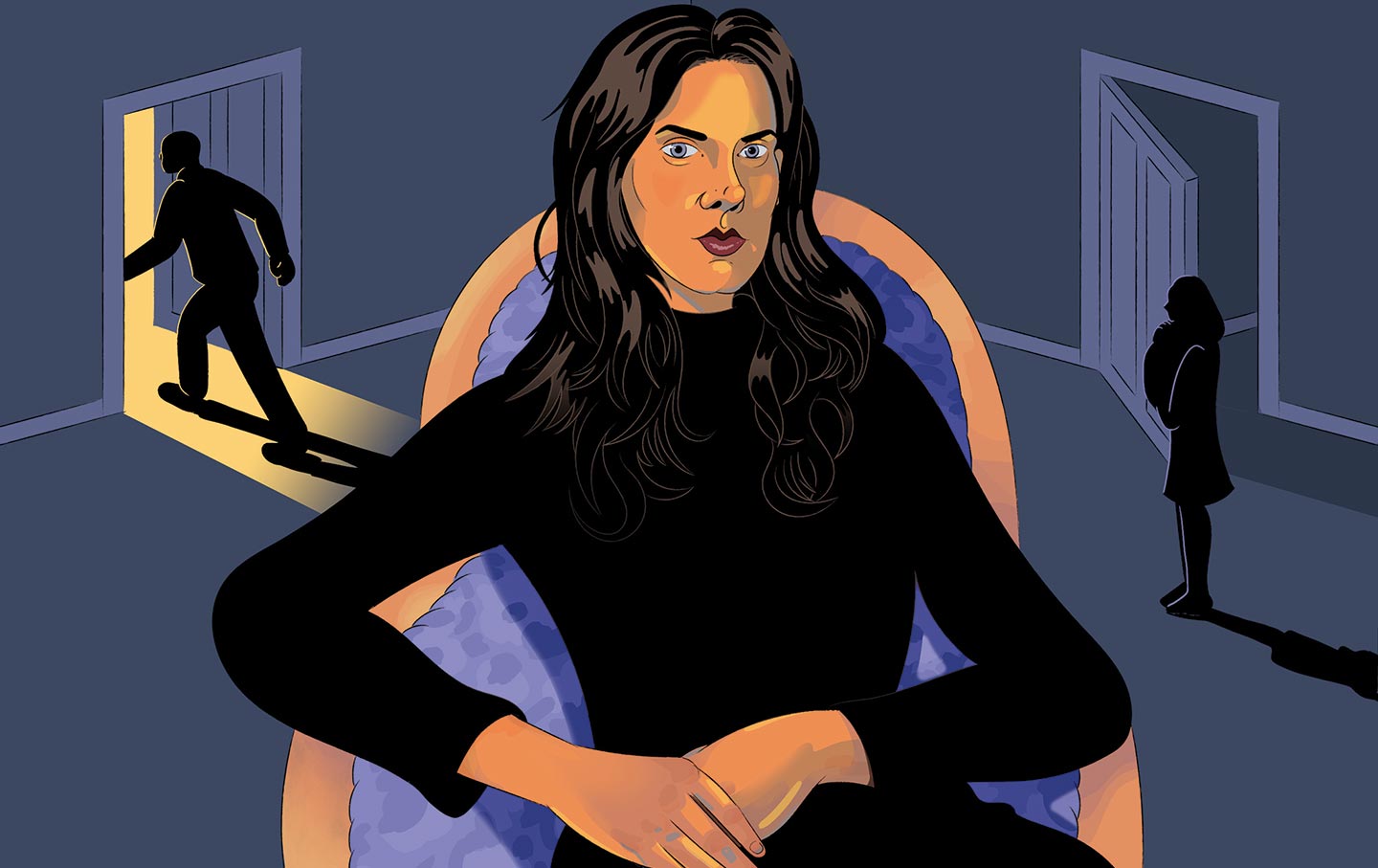
Leslie Jamison and the Travails of Millennial Divorce Leslie Jamison and the Travails of Millennial Divorce
In her new book, the novelist and essayist examines life before and after marriage.
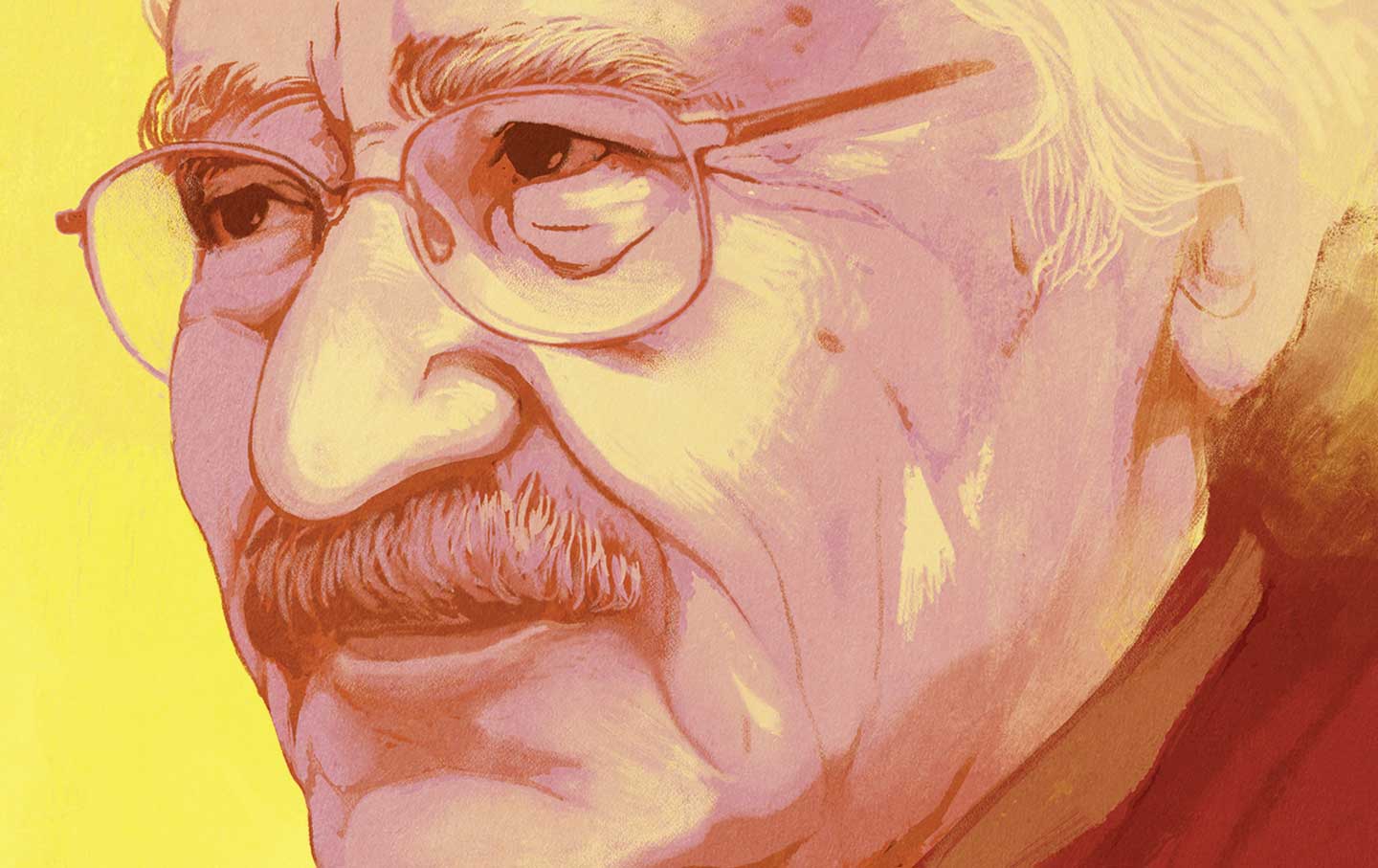
Gabriel García Márquez’s Last Lesson Gabriel García Márquez’s Last Lesson
His final novel, Until August, serves as not only a record of his last struggles with illness but also as a document of courage.


